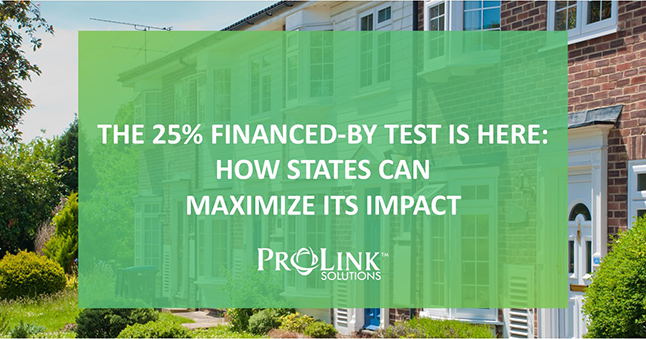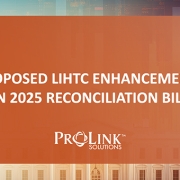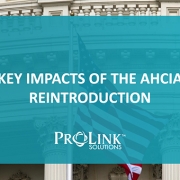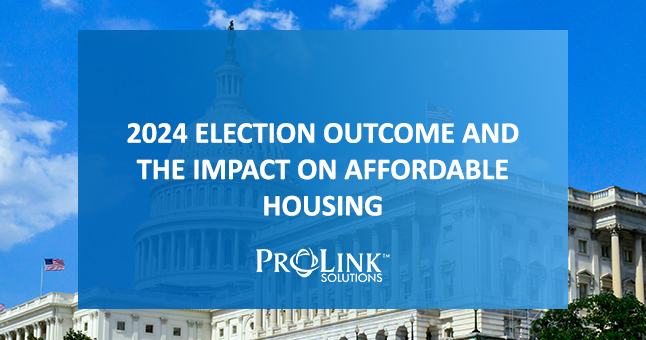The 25% Financed-By Test Is Here: How States Can Maximize Its Impact
The One Big Beautiful Bill Act delivered one of the most significant shifts in affordable housing finance in decades by lowering the private activity bond (PAB) financed-by test from 50% to 25%. Beginning January 1, 2026, developments placed in service and financed with PABs issued after 2025 will qualify for 4% Low-Income Housing Tax Credits (LIHTCs) with far fewer bonds. This change has the potential to unlock more housing at a time when many states face increasing PAB scarcity.
Impact from Lowering the Threshold
Lowering the financed by threshold fundamentally changes how efficiently states can use their limited supply of PABs. Residential rental housing has long been the largest and most subsidy-efficient use of bonds, generating about one dollar of tax credit equity for every dollar in PABs used. With the financed-by test cut in half, states can stretch their volume cap significantly further. Early analysis from the Affordable Housing Tax Credit Coalition estimates that the lower threshold could finance more than 1.14 million additional affordable homes over the next decade; assuming states maintain current levels of PAB dedication and sufficient gap financing. Meanwhile, demand for multifamily PABs continues to rise: in 2023, 64.8% of national PAB cap went to rental housing. This continues a decades-long trend documented by the Council of Development Finance Agencies.
How States Are Moving and Why It Matters
Some states are already implementing the lower threshold, demonstrating the urgency and complexity of the transition. California acted early by encouraging bond issuers to return unused allocations and permitting 2025 cap to carry forward into 2026. Oregon has released detailed policy guidance outlining how the reduced threshold applies to transactions financed on or after January 1, 2026, and how the state will adjust its LIHTC and PAB procedures to match federal changes. Additional industry analysis confirms that states that adopt the lower threshold quickly will see substantially higher production over the next decade. States like Georgia, Illinois, Indiana, Virginia and more have adopted new caps tied to percentages of aggregate basis, which are typically between 25% and 35%. According to the National Council of State Housing Agencies (NCSHA), at least nine states have already updated policies, with more expected soon.
Understanding the Stakes
More than 30 states now find themselves at or near PAB capacity, making the lower-financed-by test an especially important opportunity. States must calibrate new caps, expand recycled bond strategies, and scale soft funding to match increased production potential. History suggests the stakes are high: when Congress reduced the financed-by test from 70% to 50% in 1990, affordable housing output rose significantly. Today’s reduction to 25% offers an even larger potential increase.
Conclusion
ProLink Solutions is here to help agencies navigate this transition with tools for bond and LIHTC administration, development pipeline modeling, compliance automation, and policy analysis. When supported by the right systems, the 25% financed-by test has the potential to spark a new era of efficient and scalable affordable housing. ProLink is committed to partnering with states to bring that to life.













Leave a Reply
Want to join the discussion?Feel free to contribute!